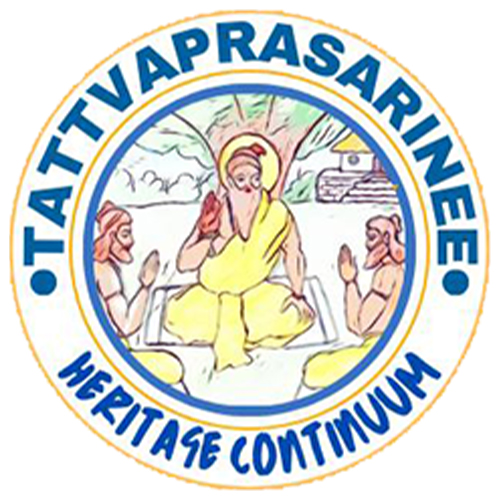The Practice of Sandhyavandanam: Different Approaches Based on Varnas
Question 1: Who can perform Sandhyavandanam?
Answer:
Sandhyavandanam is a practice that can be performed by people of all four varnas—Brahmanas, Kshatriyas, Vaishyas, and Shudras. However, the method of performing Sandhyopasana varies for each varna, as prescribed by the rishis.
Question 2: What are the different mantras prescribed for each varna?
Answer:
Each varna has a specific mantra for Sandhyavandanam:
• Brahmanas recite the mantra starting with Tat Savitur
• Kshatriyas recite the mantra starting with Deva Savitah
• Vaishyas and Shudras recite the mantra starting with Yo Devaḥ Savitā
These distinctions were established by the rishis based on the nature of each varna’s duties and lifestyle.
Question 3: Why are different mantras given to different varnas?
Answer:
The differences arise due to the nature of their respective duties and their way of life:
• Brahmanas must strictly adhere to rules, consume only sattvic food, and maintain discipline in their practices. Without these disciplines, they will not attain spiritual success.
• Kshatriyas are responsible for governance, protection, and valor. Since they need strength and bravery, they are allowed to consume rajasic food. Their Sandhyavandanam has fewer restrictions than that of Brahmanas.
• Vaishyas are engaged in trade and commerce. Their profession requires flexibility, and sometimes they cannot maintain strict schedules. Hence, their Sandhyopasana has minimal rules.
• Shudras are the backbone of production and labor. Without them, society cannot function. Therefore, they are not bound by any strict regulations for Sandhyavandanam. If they wish, they can perform it, but there is no obligation. Even naming their child Gayatri and calling them by that name is believed to bring the benefits of Sandhyavandanam.
Question 4: Can one engage in other forms of worship apart from Sandhyavandanam?
Answer:
Yes, individuals can also worship other deities. However, for effective deity worship (Upasana), guidance from a Guru is essential.
Conclusion
The practice of Sandhyavandanam is open to all but varies in method based on one’s profession and duties in society. These variations were designed to support spiritual progress without disrupting one’s responsibilities. While Sandhyavandanam is a universal practice, different upasanas require proper initiation and guidance.
